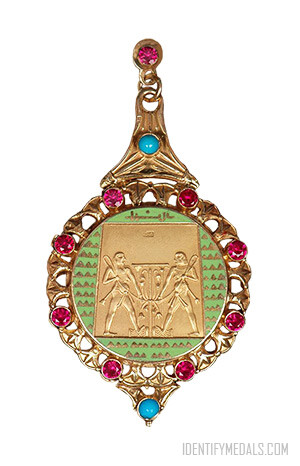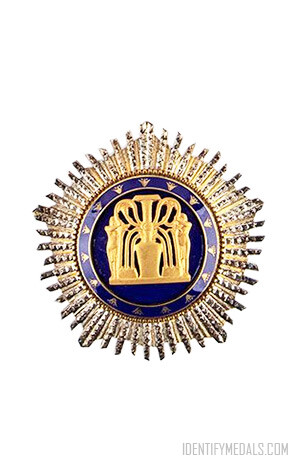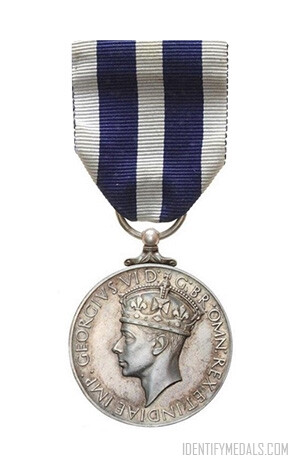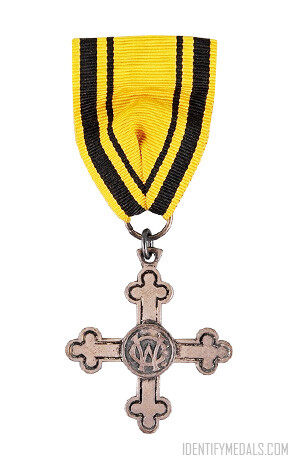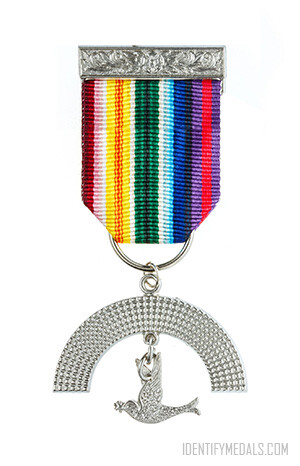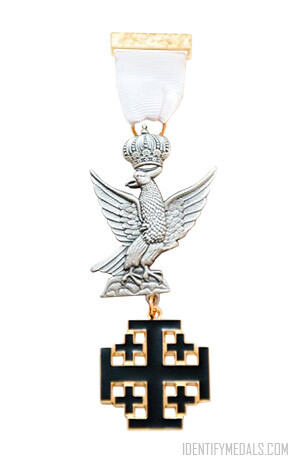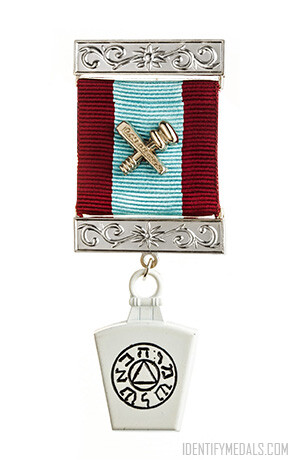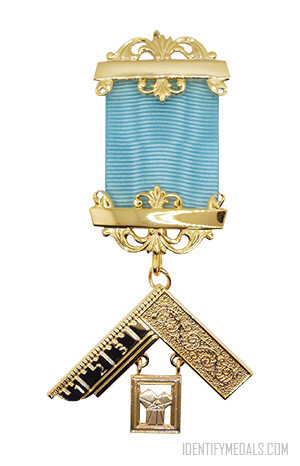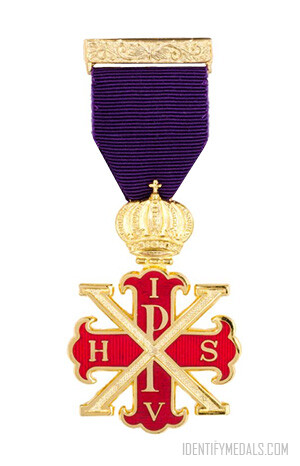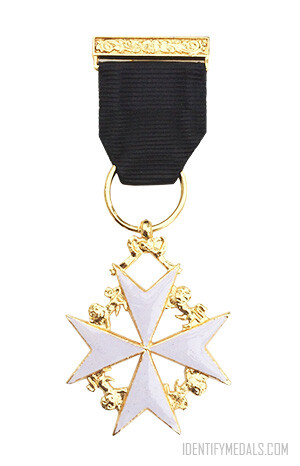The Order of the Virtues (or Nishan al-Kamal, وسام الكمال) is an Egyptian order of knighthood awarded to women for merit. It was established in 1915 and brought back in 1953 under the Egyptian Republic.
Women who render valuable services to the nation or humanity may be eligible for the Order’s recognition.
The order is composed of the following classes of merit:
 Supreme Class
Supreme Class 1st Class
1st Class 2nd Class
2nd Class 3rd Class
3rd Class
The highest distinction, the Supreme Class, is reserved for the world’s first ladies and may also be conferred upon the spouses of crown princes or vice-presidents. The First Class of the medal is designated for the spouses of prime ministers, ministers, and individuals in similar roles, while the Second Class is bestowed upon the spouses of ambassadors and other distinguished individuals.
The Order of The Virtues Design
The Supreme Class of the medal is worn on the left side of the chest and features a medallion embellished with red sapphires, turquoise, and blue sapphires. This class is also draped with an 8-centimeter-wide sash crafted from gray silk and accented by two yellow golden welts. Completing this ensemble is a smaller medallion, also adorned with red sapphires, at the end of the sash.
The First Class of the medal mirrors the Supreme Class in design but omits the sapphires and turquoise. The Second and Third Classes of the medal are worn on the left side of the chest, too, but suspended by a knotted ribbon measuring 3.1 centimeters in width. These classes feature medallions akin to those of the First Class, albeit smaller in size.
The ribbon is light grey with yellow/gold edges.

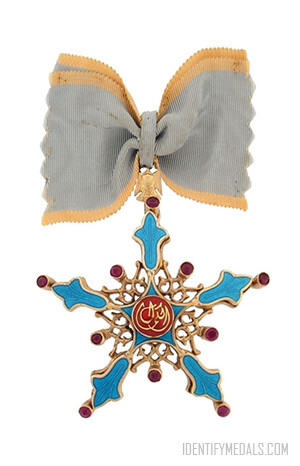
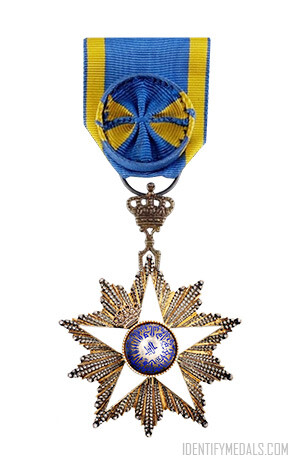
 Grand Cordon: The badge was worn from a sash over the right shoulder, with a star displayed on the left chest.
Grand Cordon: The badge was worn from a sash over the right shoulder, with a star displayed on the left chest. Grand Officer: The badge was worn around the neck, accompanied by a smaller star on the left chest.
Grand Officer: The badge was worn around the neck, accompanied by a smaller star on the left chest. Commander: The badge was worn around the neck.
Commander: The badge was worn around the neck. Officer: The badge was worn on the left chest, suspended from a ribbon adorned with a rosette.
Officer: The badge was worn on the left chest, suspended from a ribbon adorned with a rosette. Knight: The badge was worn on the left chest, suspended from a plain ribbon.
Knight: The badge was worn on the left chest, suspended from a plain ribbon.